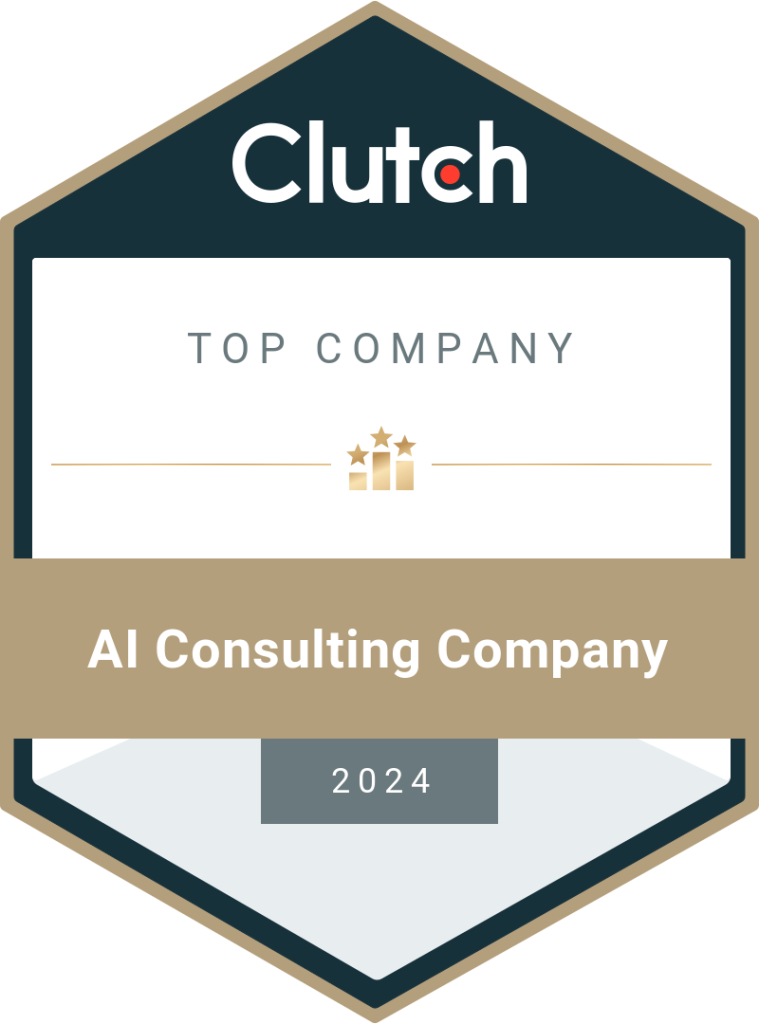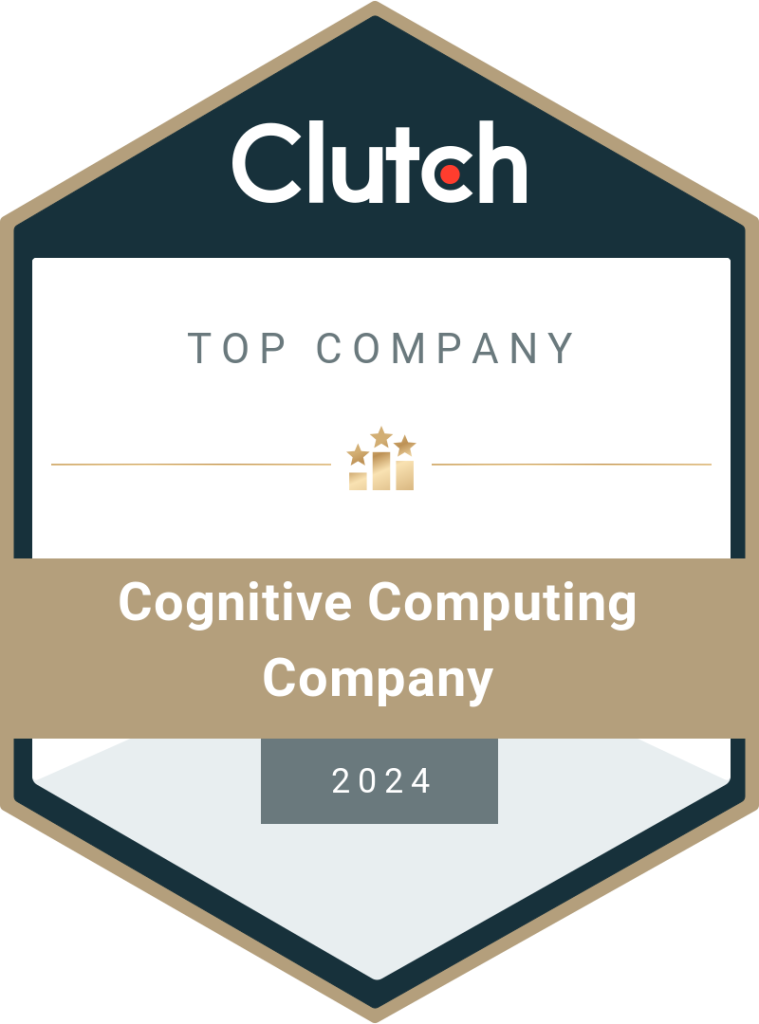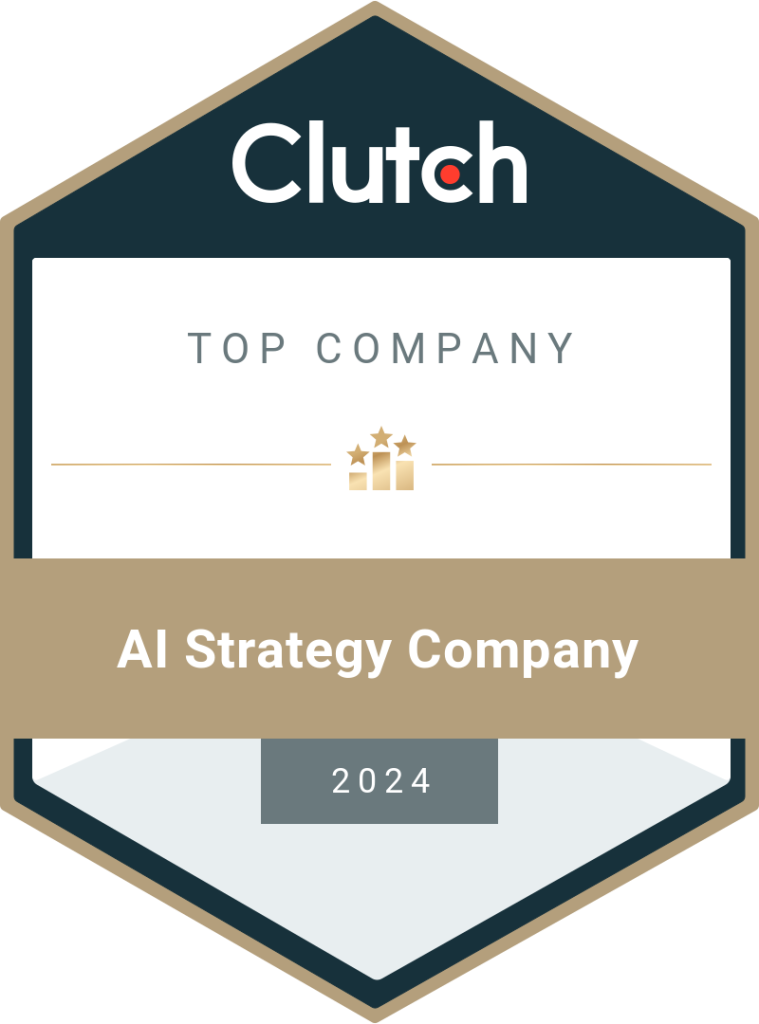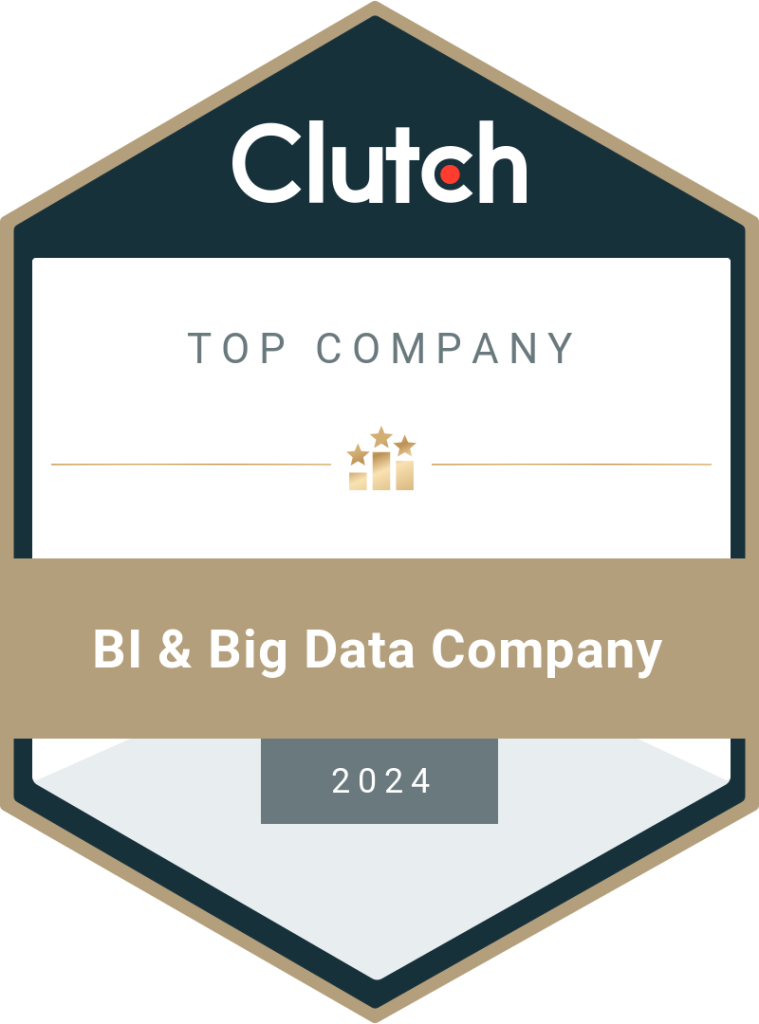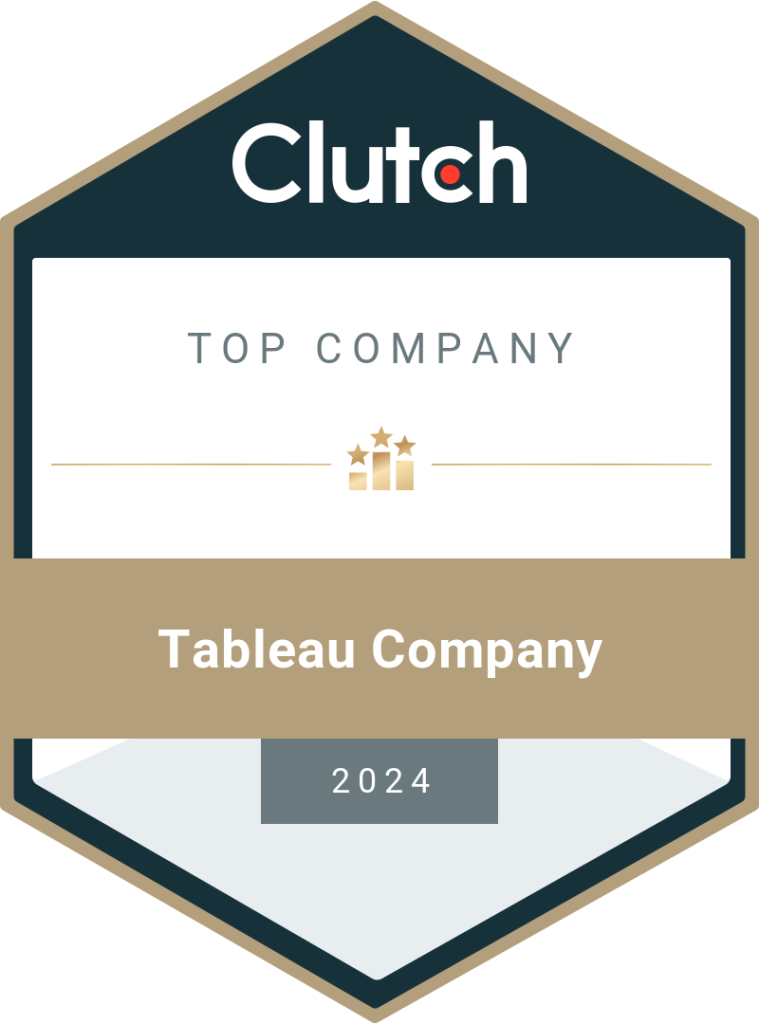Machine Learning for Transactional Analytics: Customer Lifetime Value v/s Acquisition Cost
Understanding customer transactional behavior pays well for any business. With the tsunami of start-ups in recent times and the immense money flow in businesses, customers find lucrative offers from companies for acquisition, retention & referral strategies. Understanding the transactional behavior of a customer has become even more complex with the advent of new business houses every day. Although with the rise of powerful machines, one can easily manage to work with TBs of data, the complexity of business economics has made this behavioral analysis far more difficult. Collecting and analyzing your business data on all aspects such as acquisition cost, operational cost, base profit, revenue growth, referrals, etc can help in providing the lifecycle profit patterns from a customer. But it does not help in solving many business questions such as: What is the actual value of a new customer in Dollars worth today? How much money business can spend to acquire a new customer? Let’s take an example to understand it more intuitively. Firstly, to estimate the value of a new customer, we have to know the annual profit patterns or cash flow patterns if the cash flow pattern differs from the profit pattern of a customer. Secondly, we need to figure out how many years customers stay with your business. The figure above shows customer profits for an imaginary firm based on all factors mentioned earlier. Customer value keeps on increasing with the time for which customer stays with the company. Customer who stays 2 yrs will generate $26 of profit ($80 acquisition cost balanced in first 3 years profits $40 & $66. If the customer stays for 5 years, will generate $264 in total (-$80+$40+$66+$72+$79+$87). But the differences in customer value are very large. For the same calculations, if done for 10 years, customers will generate a net worth of $760. It would not be wise to spend $760 today for a customer who will stay with the company for 10 years as the profit generated in the future would not be equivalent to $760 today. We need to apply discount computing to take it to present value. Using a standard 15 percent discount rate will make $760 to $304. (To get the net present value of first-year profit, therefore divide $40 by 1.15, for next year divide $66 by 1.15, and so on). So for a customer who will stay with the company for 10 years, one can pay up to $304 on acquisition costs. Now we know how to calculate the value of customers based on their life expectancy of customers. Customer Acquisition Cost vs Lifetime Value Customer Acquisition Cost or CAC provides information about what losing a customer may cost your business, while Customer Lifetime Value or CLV shows how much revenue each lost customer could potentially bring to your business. With this knowledge, you can better plan your budget and strategy with your marketing team. Customer Lifetime Calculations The next question is what is the expected duration of a customer to stay with the company? To answer this, we have to find out retention rates for a customer. It is a fact that retention rates vary among customers based on age, profession, gender, acquisition source & maybe more than dozen variables. The simplest way to calculate average customer stay time is to calculate the overall defection rate and invert the fraction. First count the number of customers who defect over a period of several months, then annualize this number to get a fraction of the customer base to begin with. e.g. you lose 50 customers out of 1000 customers over three months. This works to 200 customers a year or 1/5 of all customers. Then we need to invert this number, it will become 5. So now we can say, on average, a customer stays with the company for 5 years. In percentage terms, the defection rate for customers is 20%. Lifetime Calculation Improvements To estimate customer cash flow accurately, we need to refine the above-mentioned calculations. Firstly, we have assumed defection rates are constant throughout the customer life cycles. In real life, such is never the case; defection rates are very much higher than average in the early years and much lower later on. Taking averages may lead to over or under-estimating the profit numbers. Additionally one more refinement we need to make to calculate the true value of a customer. Instead of trying to calculate the value of a single, average, static customer at a single moment, we need to think in terms of annual classes of customers at different points in their life cycles. In the real world, the company acquires new users each year. some of them defect early, others may stay for years. But the company invests money in the entire set of customers. So, to get the present value of the average customer, we must study each group separately over time. Let’s take a scenario as shown in the above image, where 100,000 new customers enter at time zero. The company invested $80 at time zero making it to a total of $80*100,000= $8 million for the whole set of customers. By end of year 1, 22% of customers defected, and only 78% left, to pay back invested 8 million. By year 5, more than half people defected. To get the present value of a customer, we will estimate the set of cash flow people generate till the time they defect. Earlier in the blog, we get the current value of the customer at $304. At a constant rate of the defection of 10%, we may be dangerously wrong in deciding the money to be invested in customer acquisition whereas the actual defection rate shown in the above image makes this number only $ 172 from $304. Imagine a company spending $200 on new customers based on earlier calculated values. It would be a completely loss-making venture. Machine Learning Scope In the above calculations, we tried to approximate the customer lifetime value & corrected ourselves initially from
Read More
